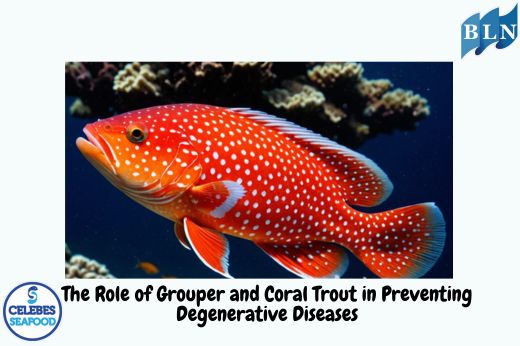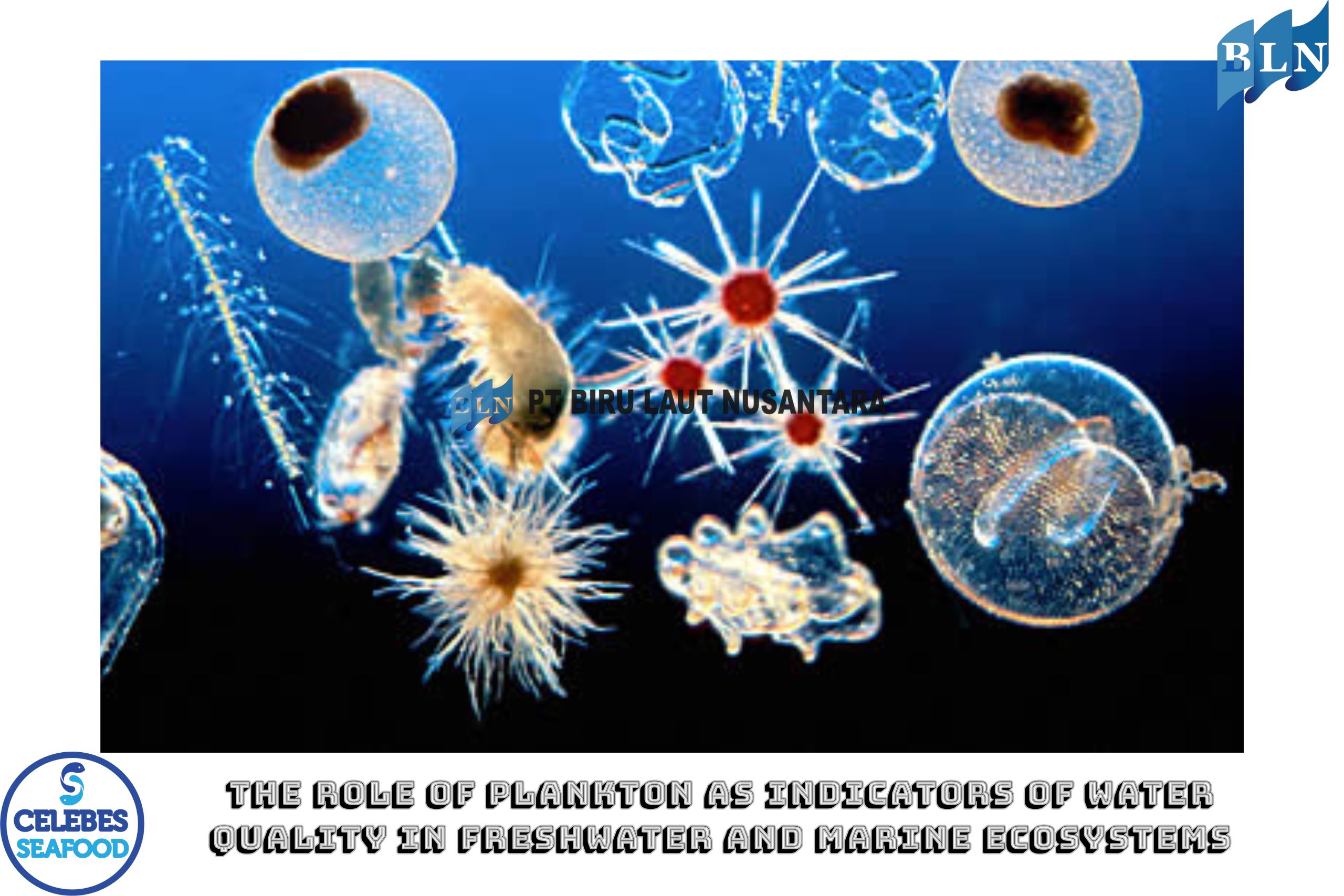Biological Characteristics of Fish in Dealing with Changes in Water Temperature
By. Amma - 17 Jun 2025
lautnusantara.comFish are poikilothermic (cold-blooded) animals, which means that their body temperature is greatly influenced by the temperature of their environment, including water temperature. Therefore, fish have various biological characteristics and adaptations to deal with changes in water temperature for their survival.
1. Physiological Adaptation
- Changes in Metabolic Rate: When water temperature increases, the metabolic rate of fish will generally also increase. This means that fish need more oxygen and energy. Conversely, when water temperature decreases, the metabolic rate will slow down, reducing the need for oxygen and energy. This adaptation is important so that fish do not run out of energy in cold environments or lack oxygen in warm environments.
- Production of Heat Shock Proteins (HSPs): When faced with thermal stress (extreme temperatures, either hot or cold), fish can produce HSPs. This protein functions to protect cells from damage, help other proteins function properly, and repair proteins damaged by temperature stress.
- Enzyme Regulation: Enzyme activity in the fish body is very sensitive to temperature. Fish can regulate the types and amounts of enzymes they produce to maintain optimal biological functions within a range of temperatures. Some species even have different versions of enzymes (isoenzymes) that function better at different temperatures.
- Osmoregulation: Changes in water temperature can affect the osmotic balance of fish. Fish, especially those living in freshwater or saltwater, must maintain the correct salt concentration in their bodies. Extreme temperatures can disrupt this process, so fish have mechanisms to compensate, such as regulating gill and kidney function.
- Oxygen Tolerance: Warm water contains less dissolved oxygen than cold water. Fish exposed to high temperatures must be able to adapt to hypoxic (oxygen-deficient) conditions by increasing the efficiency of oxygen uptake through their gills or even reducing activity.
2. Behavioral Adaptations
- Microhabitat Search: Fish will often move in search of “microhabitats” or areas within the water where the temperature is more suited to their preferences. For example, when surface water is too warm, fish may move to deeper waters or seek shelter under vegetation or structures.
- Migration: Some fish species migrate seasonally to waters with more optimal temperatures for spawning, feeding, or avoiding extreme temperatures. An example is salmon migrating from the ocean to freshwater rivers to breed.
- Activity Changes: When water temperatures are not ideal, fish may reduce their activity levels to conserve energy. They may become more lethargic or less responsive to stimuli.
3. Temperature Tolerance Limits
Each fish species has an optimal temperature range where they can grow and reproduce well. Outside of this range, they will experience thermal stress, which can result in reduced growth, reproduction, immunity, and even death if the temperature is too extreme or the change is sudden. The lethal temperature limit is the temperature at which the fish cannot survive.
It is important to remember that the ability of fish to cope with temperature changes varies greatly between species. Species that live in environments with large temperature fluctuations (e.g., shallow rivers) tend to have a wider tolerance than species that live in more stable environments (e.g., the deep ocean).
If you are interested in our HALIBUT FILLET SKINLESS, HALIBUT WHOLE ROUND / HALIBUT WHOLE GILLED GUTTED please do not hesitate to contact us through email and/or whatsapp.
 in Coral Reef Ecosystems.jpg)
.jpg)





 and Its Impact on Indonesia's Maritime Economy.jpg)
